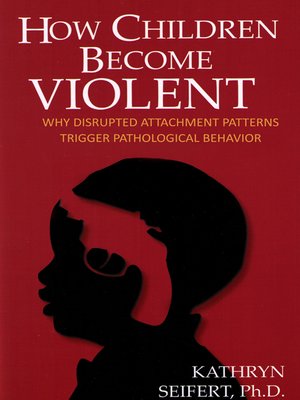How Children Become Violent, Volume II
ebook ∣ Why Disrupted Attachment Patterns Trigger Pathological Behavior
By Kathy Seifert

Sign up to save your library
With an OverDrive account, you can save your favorite libraries for at-a-glance information about availability. Find out more about OverDrive accounts.
Find this title in Libby, the library reading app by OverDrive.



Search for a digital library with this title
Title found at these libraries:
| Library Name | Distance |
|---|---|
| Loading... |
This book is written for professionals working in the mental health, child welfare, juvenile justice/criminal justice, and research fields, as well as students studying these fields and individuals affected by violence. The author has made the book readable for anyone who is interested in this area or is raising a child with attachment problems.
Her goal is to make a case for the fact that juvenile and adult violence begins very early in life, and it is both preventable and treatable. Her research and experience, gained through over 30 years in this profession, will demonstrate that society must intervene early in the lives of children living in violent, neglectful, criminal, and substance-dependent families. Appropriate care, safety, and health for all children is in the world’s best interest. This is not to justify dangerous behavior by adults. Both adults and adolescents must take responsibility for their behavior. However, if we have the capacity to assess, prevent, and treat violence and sexual offending, and to prevent future offending behaviors, to not do so is a crime. Punishment has never been an adequate answer, for in the United States, it is often puritanical and usually useless in protecting society. That is also not to say that dangerous people should not be kept away from society. But while they are sequestered from the general public, we need to do what we can to ensure that they do not repeat their mistakes. This is why the author and her colleagues are in the preventative and treatment fields of psychology trying to advance.
Social services, juvenile justice, criminal justice, public policy, mental health and addictions treatment, and forensic hospitals need major reform — reform that is based on research and not revenge. A system that does the same old thing and expects different and better results is itself ill. However, with the correct intervention, this cycle can be broken, which creates a safer environment for all of society.







